Categories
Recent Posts
- Football: De Bruyne to leave Man City at end of the season
- Southern Cameroons Crisis: Brit missionary and assistant abducted, church begs for their release
- Prosecution of journalists in Cameroon: European Parliament says enough red flags have been ignored
- Race for the Unity Palace: Kamto’s strategy sparks clash ahead of election
- CEMAC introduces new coins, including a CFA200 piece
Archives
- April 2025
- March 2025
- February 2025
- January 2025
- December 2024
- November 2024
- October 2024
- September 2024
- August 2024
- July 2024
- June 2024
- May 2024
- April 2024
- March 2024
- February 2024
- January 2024
- December 2023
- November 2023
- October 2023
- September 2023
- August 2023
- July 2023
- June 2023
- May 2023
- April 2023
- March 2023
- February 2023
- January 2023
- December 2022
- November 2022
- October 2022
- September 2022
- August 2022
- July 2022
- June 2022
- May 2022
- April 2022
- March 2022
- February 2022
- January 2022
- December 2021
- November 2021
- October 2021
- September 2021
- August 2021
- July 2021
- June 2021
- May 2021
- April 2021
- March 2021
- February 2021
- January 2021
- December 2020
- November 2020
- October 2020
- September 2020
- August 2020
- July 2020
- June 2020
- May 2020
- April 2020
- March 2020
- February 2020
- January 2020
- December 2019
- November 2019
- October 2019
- September 2019
- August 2019
- July 2019
- June 2019
- May 2019
- April 2019
- March 2019
- February 2019
- January 2019
- December 2018
- November 2018
- October 2018
- September 2018
- August 2018
- July 2018
- June 2018
- May 2018
- April 2018
- March 2018
- February 2018
- January 2018
- December 2017
- November 2017
- October 2017
- September 2017
- August 2017
- July 2017
- June 2017
- May 2017
- April 2017
- March 2017
- February 2017
- January 2017
- December 2016
- November 2016
- October 2016
- September 2016
- August 2016
- July 2016
- June 2016
Featured
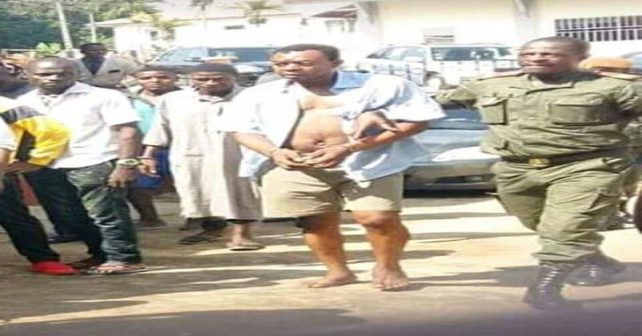 Prosecution of journalists in Cameroon: European Parliament says enough red flags have been ignored
Prosecution of journalists in Cameroon: European Parliament says enough red flags have been ignored  1982-2025: How long will Biya hang on?
1982-2025: How long will Biya hang on? 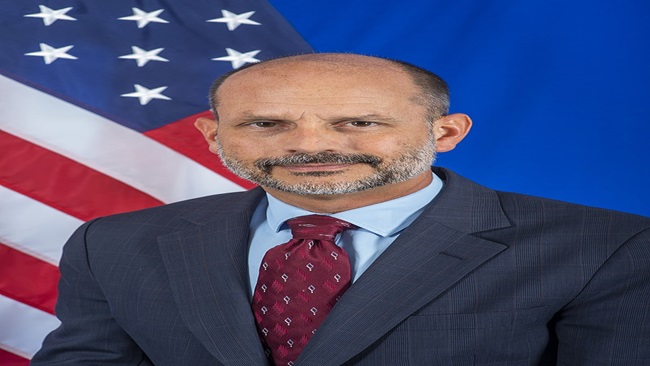 How Biya and Archbishop Nkea protected the sanctity of the family in Cameroon
How Biya and Archbishop Nkea protected the sanctity of the family in Cameroon 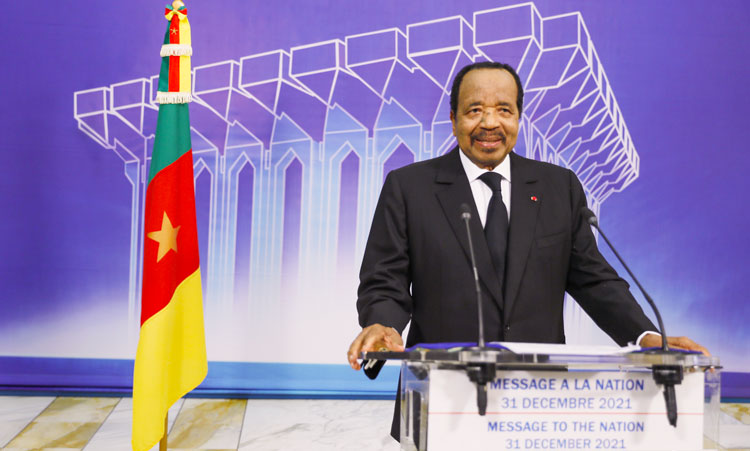 October Presidential Election: Will 92-year-old Biya be re-elected?
October Presidential Election: Will 92-year-old Biya be re-elected? 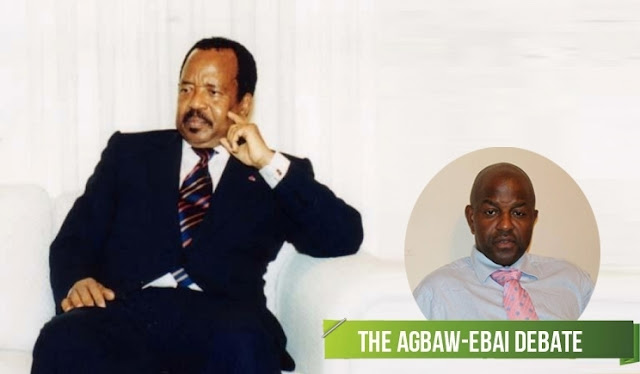 Why is Biya seeking re-election?
Why is Biya seeking re-election?
Most Commented Posts
 4 Anglophone detainees killed in Yaounde
4 Anglophone detainees killed in Yaounde
18 comments Chantal Biya says she will return to Cameroon if General Ivo Yenwo, Martin Belinga Eboutou and Ferdinand Ngoh Ngoh are sacked
Chantal Biya says she will return to Cameroon if General Ivo Yenwo, Martin Belinga Eboutou and Ferdinand Ngoh Ngoh are sacked
13 comments The Anglophone Problem – When Facts don’t Lie
The Anglophone Problem – When Facts don’t Lie
12 comments Anglophone Nationalism: Barrister Eyambe says “hidden plans are at work”
Anglophone Nationalism: Barrister Eyambe says “hidden plans are at work”
12 comments Largest wave of arrest by BIR in Bamenda
Largest wave of arrest by BIR in Bamenda
10 comments
Latest Tweets
Featured
-

Football: De Bruyne to leave Man City at end of the season
-
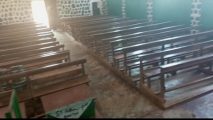
Southern Cameroons Crisis: Brit missionary and assistant abducted, church begs for their release
-

Prosecution of journalists in Cameroon: European Parliament says enough red flags have been ignored
-

Race for the Unity Palace: Kamto’s strategy sparks clash ahead of election
-

CEMAC introduces new coins, including a CFA200 piece
-

Football: Real Madrid manager Ancelotti testifies in court over tax charges
-

Manyu Division: Ma Nchong Stella is the new Ekandim Nkanda of Ntenako
© Cameroon Concord News 2025
23, May 2017
Eseka train Disaster: Biya offers 1 billion FCFA to victims, Vindicates Transport Minister 0
Following the rail accident which occurred on 21 October 2016 at Eseka, President Paul BIYA on 25 October 2016, set up a Commission of Inquiry under the authority of the Prime Minister, Head of Government. The said Commission was tasked with determining the causes of the accident and proposing measures aimed at reducing risks of similar disasters in the future, apportioning blame for the accident and, assessing the management of this disaster and of victim assistance as well as making any helpful suggestions related thereto.
The Commission of Inquiry enlisted the services of qualified international rail accident experts. It conducted an elaborate review of multiple reports and documents, as well as hearings and trips to the accident site. Based on its investigations, the Commission of Inquiry established that the rail carrier CAMRAIL was mainly to blame for the derailment of Intercity Train No. 152.
The inquiry report concluded that the main reason why the train’s coaches overturned was over speeding (96 kmlh) on a rail section with an extremely low speed limit (40 km/h) as well as a steep slope and several sharp bends. According to the experts, such over speeding is due to CAMRAIL’s non-observance of safety rules. Indeed, Train No. 152, which was put into service that very day, had major abnormalities and defects, notably: – overloading of the train and undue extension of the rake; – use of passenger coaches several of which had defective braking systems; – use of a motor carriage whose rheostat braking system was not in working order; – no proper pre-departure inspection in Yaoundé of the rake’s brake continuity; and – refusal by hierarchy to take into account the reservations expressed by the train driver about the above mentioned abnormalities and defects.
The Commission of Inquiry also concluded that the capacity of Government services to conduct rescue operations during disasters must be enhanced for greater responsiveness, coherence and fluidity and for better victim management. After taking cognizance of the findings of the Commission of Inquiry, the President of the Republic has prescribed the following measures: (1) (5) review of the concession agreement signed on 19 January 1999 between the State of Cameroon and CAMRAIL corporation, and of the two amendments concluded in 2005 and 2008; opening of discussions among CAMRAIL partners for stronger State presence in the said corporation and greater focus on social aspects, notably in passenger transport; short-term establishment of the railway heritage management company provided for under the said Agreement, responsible for maintaining the railway network, as well as implementing railway modernization and extension projects; inflicting appropriate sanctions on the officials held responsible for the accident, in the inquiry report; forwarding the inquiry report to the judicial authorities for ail legal intents and purposes.
Regarding the situation of the accident victims, the President of the Republic has taken cognizance of CAMRAIL’s actions undertaken or planned to compensate the families of the deceased and provide financial assistance to the injured. He urges that the process be finalized at the earliest opportunity. The President of the Republic has decided to disburse the sum of FCFA one billion (1,000,000,000) as supplemental assistance to the victims and their rightful claimants. Furthermore, he has ordered the erection of a steel in Eseka to commemorate this tragic accident. With a view to improving emergency management by government authorities, the President of the Republic has ordered the enhancement of the national major disaster and risk prevention and management system through (i) mainstreaming of terrorist act occurrences, (ii) better ownership by stakeholders of their respective roles and of the chain of command, and (iii) regular conduct of full-scale drills. The Head of State has directed the Government to promptly take the actions necessary for the strict implementation of the above mentioned directives. President Paul BIYA, reaffirms his solidarity with and the entire nation’s support to the victims of the tragic Eseka rail accident and the affected persons.
By Ferdinand Ngoh Ngoh
Secretary General
Presidency of the Republic